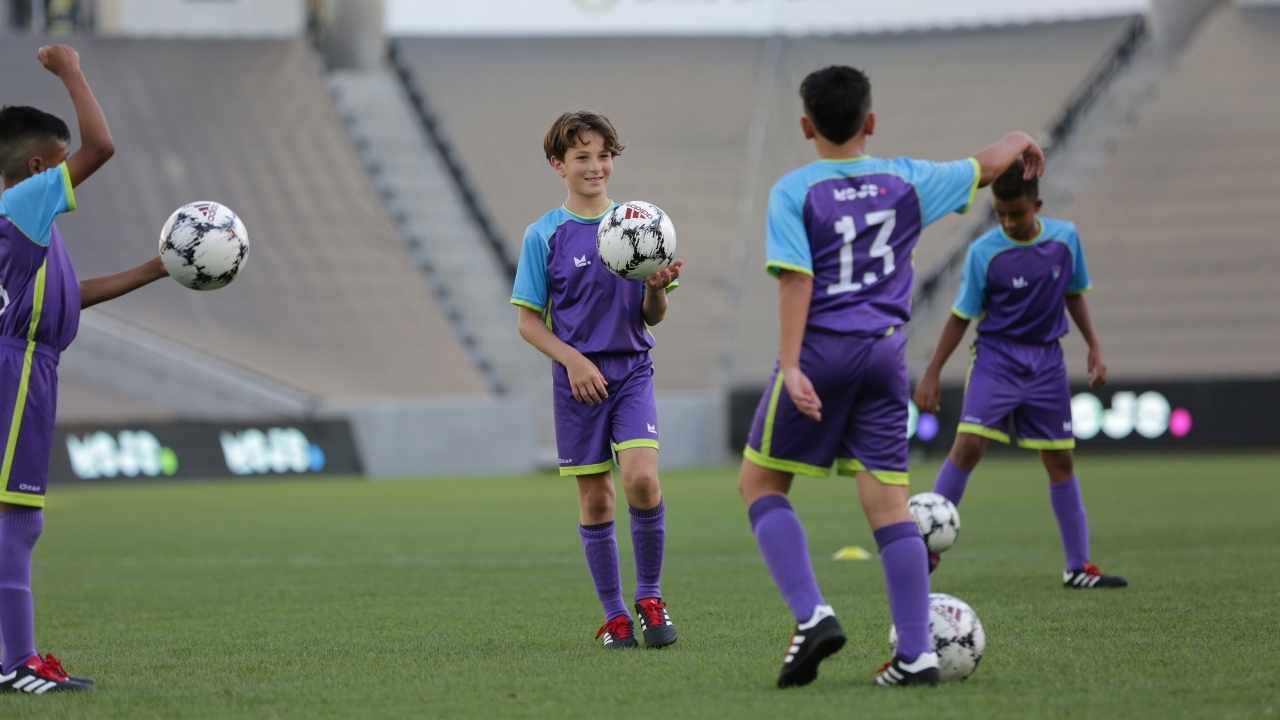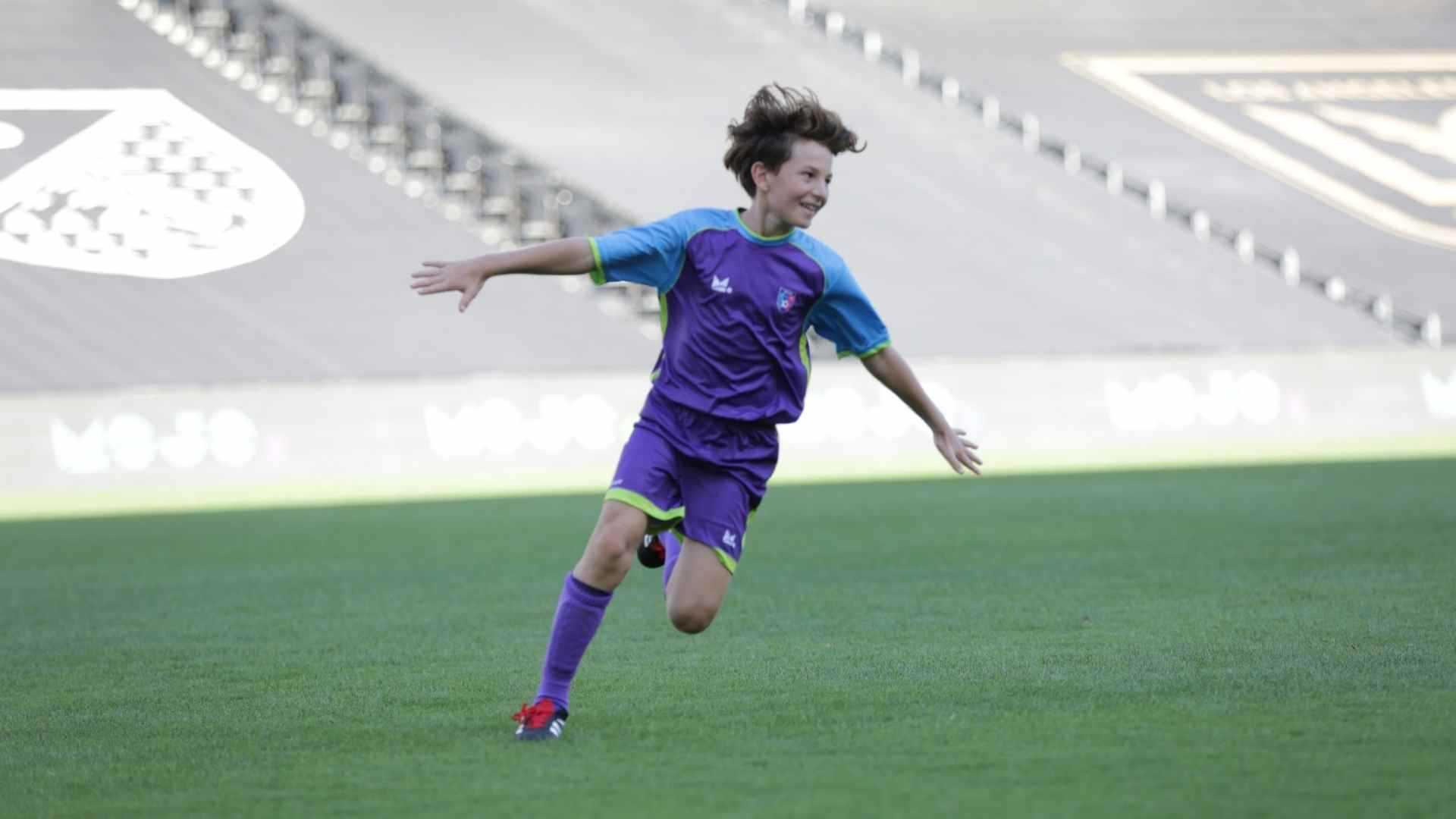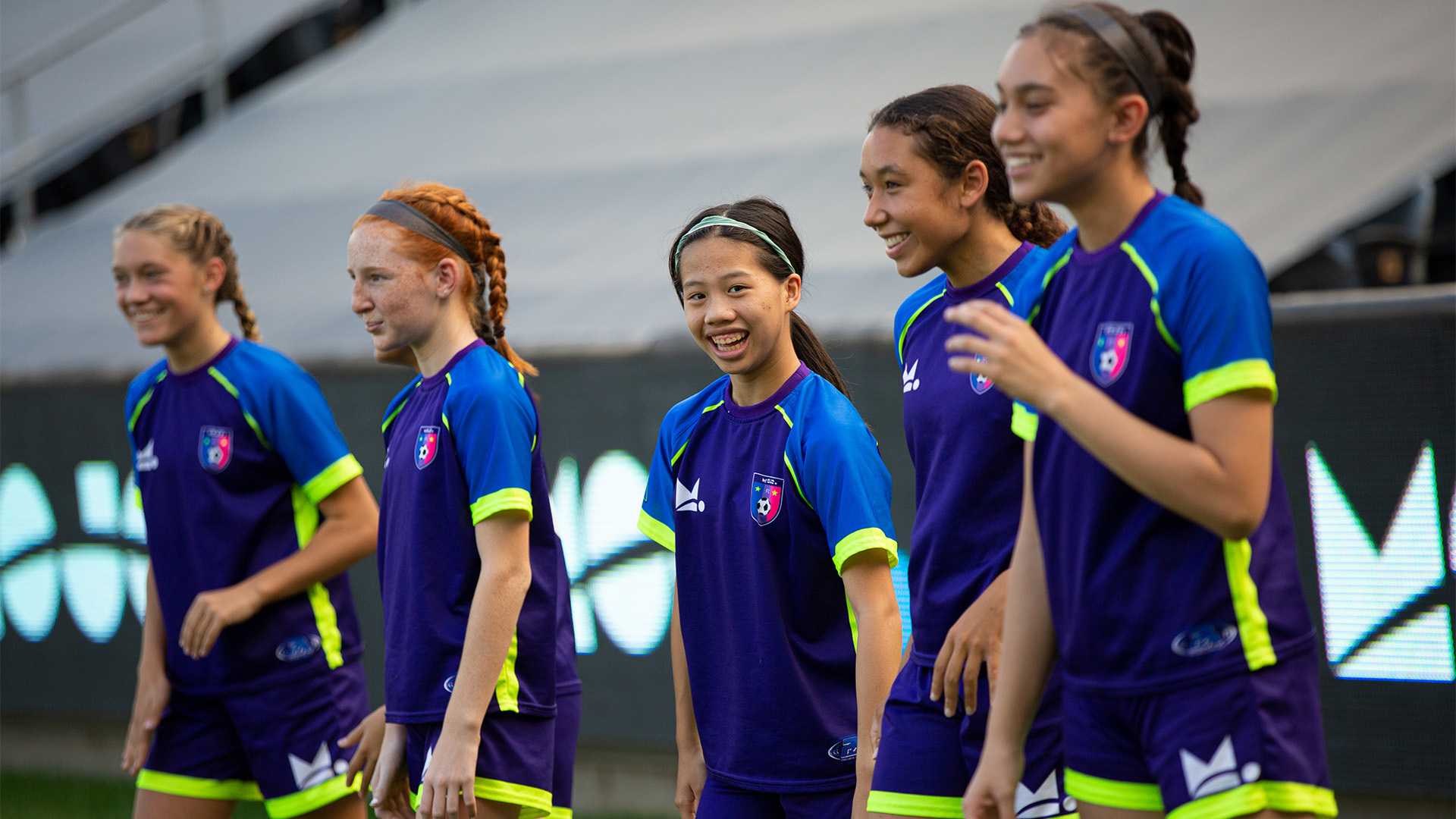9 Essential Goalkeeping Skills
Of all the players on the soccer field, goalies have the most specific skill set
Team MOJO
| 8 min watch
It’s important for young soccer players to get a taste of every position on the field — including, when they’re ready, goalkeeper. Typically, keepers aren’t part of the game until kids are a little bit older and more experienced, around age 9 or 10. By then, the idea is that they’ve mastered at least some of the fundamentals, and can move on to positions.
Goalkeepers need to have many of the same basic skills as other soccer players — from ball control to understanding the overall flow of the game. But as the last line of defense, the keeper’s role is a unique one. These 101s help developing goalkeepers master the art of stopping the goal and distributing the ball.
The Basket Catch
Best for balls coming in below waist-height when you can get your body behind the ball, the basket catch is an underarm catch that uses the hands, arms and chest to form a cradle for the ball. And it’s one goalies use fairly often.
The Diamond Catch
Also known as the contour catch, a goalie uses the diamond catch when the ball is coming in at chest height or higher. And it’s so-named because you create a diamond shape with the thumbs and index fingers, which prevents the ball from flying through your hands.
Goalkeeper Footwork
A goalie should always try to collect the ball with their whole body behind it. And to do that, they need to get to it quickly, which is why footwork is one of the most important parts of the job.
Collecting the Ball on the Ground
If you can picture a shortstop fielding a ground ball, you’re ahead of the game because it’s not so different here: As with baseball, when a soccer ball is coming in low, the goalie must lean over to scoop it up while making sure it doesn’t slip through their legs.
The Collapse Dive
When there’s no time for a goalie to move their feet to get fully behind the ball, a collapse dive is a great way to still make the save.
Punching the Ball
Even the best goalkeepers aren’t superhuman. Sometimes, the ball is just … out of reach. So if the ball is coming in over your head and you can’t catch it, don’t fret: You can punch it.
Goalkeeper Distribution
Goalies have a number of ways to get the ball back into play, whether it’s punting or passing to a teammate. But one of the primary ways is with the hands.
Punting the Ball
A goalkeeper might be the last line of defense, but they’re also the first line of attack. That’s because a solid punt from the goalie can help their team score on the other goal. Punting is a good option when a goalie doesn’t have a defender to distribute to, or they’re unsure they can maintain possession. Instead, punting it high and long gives their teammates time to position themselves to receive the ball.
The Sidewinder
If it sounds like a snake, that’s because this kick has bite.
The sidewinder is one of the more difficult goalkeeping moves to master, but it’s worth the effort. Not only does it look really cool, but it’s also more powerful than a regular punt — more like a line drive than a lob.
For more great soccer drills for kids, check out:
The 10 Best Soccer Passing Drills for U8, U10 and U12





